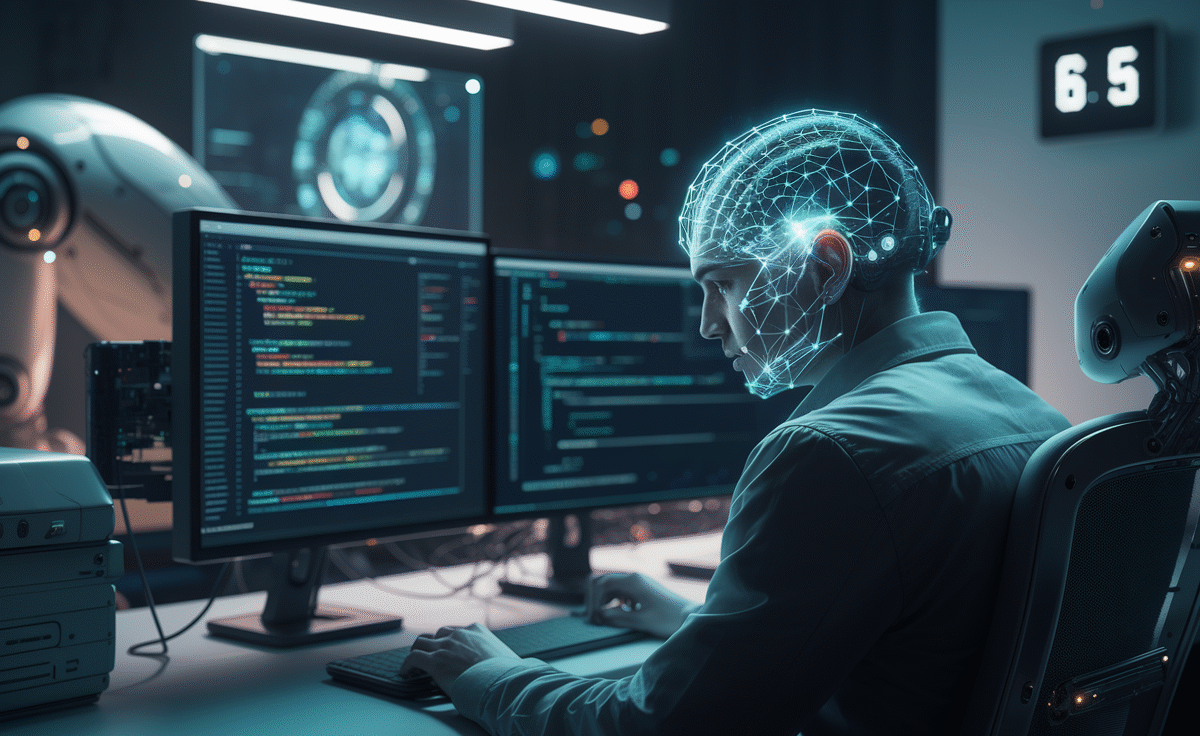Are you looking for smarter insights delivered straight to your inbox? Subscribe to our weekly newsletters, tailored specifically for leaders in enterprise AI, data, and security.
The Coding Dilemma
Recent industry research reveals that software developers spend only about 16% of their working hours actually writing code. The remaining time is consumed by various operational and supportive tasks. As engineering teams face increasing pressure to “do more with less,” and CEOs boast about how much code is now generated by AI, a crucial question arises: What strategies are in place to optimize the remaining 84% of the engineers’ workload?
The Impact of Context Switching
A significant factor affecting developer productivity is context switching—the frequent transition between the multitude of tools and platforms necessary for software development. A study by Harvard Business Review indicates that the average digital worker toggles between applications and websites nearly 1,200 times daily. Each interruption has consequences; research from the University of California found that it takes approximately 23 minutes to regain full focus after a single distraction, and alarmingly, nearly 30% of interrupted tasks are never resumed.
Context switching is a central concern in DORA, a widely recognized framework for measuring software development performance. As AI-driven companies strive to empower their employees, merely providing access to large language models (LLMs) is no longer sufficient. Emerging trends suggest a shift towards optimizing developer focus within their integrated development environments (IDEs). Jarrod Ruhland, principal engineer at Brex, emphasizes this point and is exploring innovative methods to enhance developer concentration, potentially leveraging Anthropic’s new protocol.
The Rise of Coding Assistants
Coding assistants powered by LLMs, such as Cursor, Copilot, and Windsurf, are igniting a developer renaissance. Their adoption has been unprecedented; for instance, Cursor became the fastest-growing SaaS in history, achieving a remarkable $100 million annual recurring revenue within just 12 months of its launch, while 70% of Fortune 500 companies now utilize Microsoft Copilot.
Addressing Limitations in AI Scaling
However, the capabilities of these coding assistants have largely been confined to codebase context, enabling faster coding but failing to address the issue of context switching. The introduction of the Model Context Protocol (MCP) aims to tackle this challenge. Launched in November 2024 by Anthropic, MCP is an open standard designed to facilitate integration between AI systems, particularly LLM-based tools, and external tools and data sources. Its popularity is evident, with a staggering 500% increase in new MCP servers over the past six months and an estimated 7 million downloads in June.
Streamlining Developer Workflows
One of the most transformative applications of MCP is its ability to connect AI coding assistants directly to the tools developers rely on daily, thereby streamlining workflows and significantly reducing context switching. For instance, in feature development, the traditional process involves navigating multiple systems: reading a project tracker ticket, reviewing teammate conversations for clarification, searching documentation for API details, and finally opening the IDE to start coding. Each of these steps requires mental shifts that can slow developers down.
With MCP and advanced AI assistants like Anthropic’s Claude, this entire process can now occur within the editor. For example, implementing a feature can be simplified to the following steps:
1. Pull ticket details using the Linear MCP server.
2. Surface relevant conversations through the Slack MCP server.
3. Access the right documentation via the Glean MCP server.
4. Request Cursor to generate a scaffolding for the feature.
This principle can also enhance other engineering workflows. For instance, an incident response for Site Reliability Engineers (SREs) could look like this:
1. Retrieve an incident through the Rootly MCP server.
2. Access trace data using the Sentry MCP server.
3. Import observability metrics via the Chronosphere MCP server.
4. Resolve the bug that caused the incident by consulting Claude Desktop.
The Future of Workplace Productivity
We have witnessed similar patterns in the past; for example, Slack has revolutionized workplace productivity by becoming a central hub for numerous applications, allowing employees to manage a variety of tasks without leaving the chat interface. Slack’s platform has significantly reduced context switching in everyday workflows, paving the way for a more efficient work environment.


